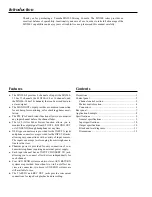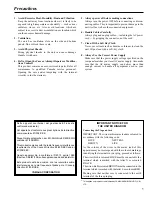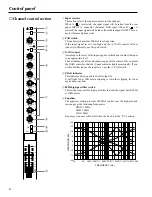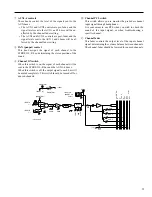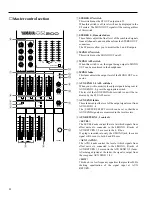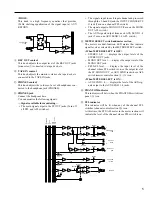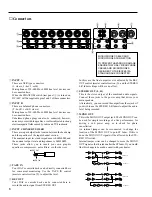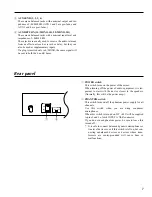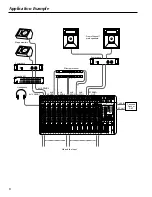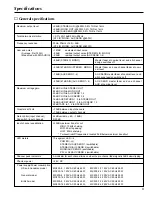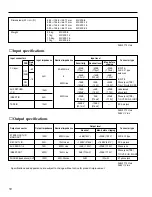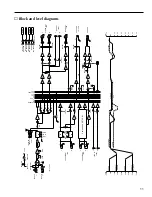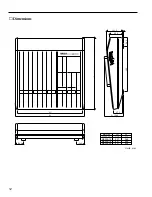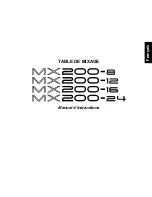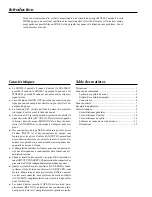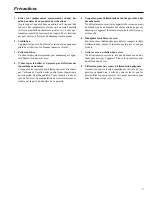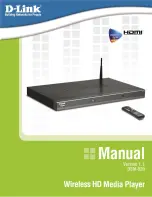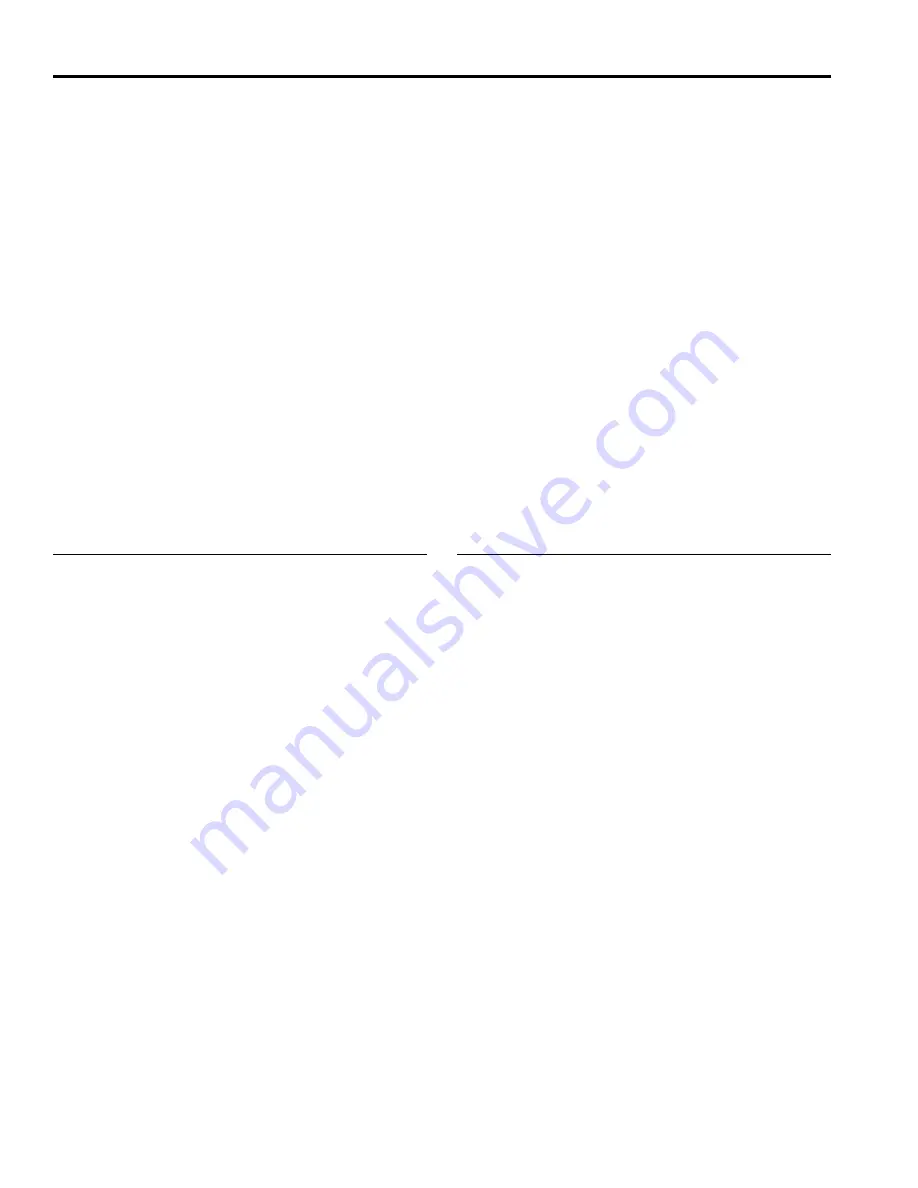
Introduction
Thank you for purchasing a Yamaha MX200 Mixing Console. The MX200 series provides an
excellent balance of operability, functionality and ease of use. In order to take full advantage of the
MX200’s capabilities and enjoy years of trouble-free use, please read this manual carefully.
Features
●
The MX200-8 provides 8 channels of input (the MX200-
12 has 12 channels, the MX200-16 has 16 channels, and
the MX200-24 has 24 channels) that can be mixed down to
a stereo signal.
●
The MONO OUT output provides a convenient connection
for a sub amp for monitoring, or for checking phase cancel-
lation.
●
The PFL (Pre Fader Listen) function allows you to monitor
any input channel before the channel fader.
●
The AFL (After Fader Listen) function allows you to
monitor the output signal from ST OUT L,R, MONO OUT
or AUX SEND through headphones at any time.
●
XLR type connectors are provided for the INPUT A jacks
and phone connectors are provided for the INPUT B jacks,
allowing easy connections with a variety of input sources.
The inputs can accept levels ranging from microphones to
line level devices.
●
Phantom power is provided for easy connection of con-
denser microphones requiring an external power supply.
●
Each input channel has an INPUT CH INSERT I/O jack,
allowing you to connect effect devices independently for
each channel.
●
Four AUX SEND systems and two stereo AUX RETURN
systems are provided. Even when two 1-in/2-out effect de-
vices are connected, two more AUX SEND systems are
still available for use.
●
The TAPE IN and REC OUT jacks provide convenient
connections for tape deck playback and recording.
Contents
Precautions ............................................................................ 1
Control panel ......................................................................... 2
Channel control section ................................................... 2
Master control section ...................................................... 4
Connectors ....................................................................... 6
Rear panel .............................................................................. 7
Application Example ............................................................. 8
Specifications ........................................................................ 9
General specifications ...................................................... 9
Input specifications ........................................................ 10
Output specifications ..................................................... 10
Block and level diagrams ............................................... 11
Dimensions .................................................................... 12


